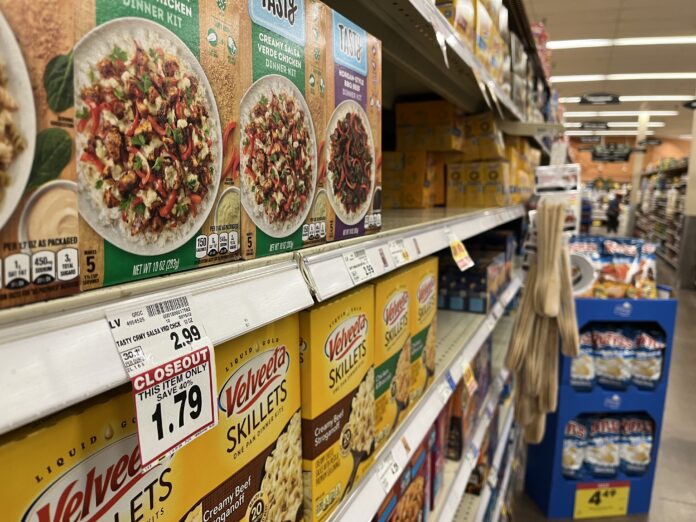Over the last two years, the global economy has seen rapid movement unlike ever before. The rapid spread of COVID-19 jeopardized jobs, supply chains and further cemented the unlikelihood of economic direction.
However, given that this impact occurred two years ago, many countries have begun to approach what has been notably dubbed as the “endemic.” Most are returning to “normalcy” and beginning to post pre-COVID economic figures.
Over the most recent months, this goal of “normalcy” has been shrouded in ambiguity since many global economies don’t really know what to expect at this point, given the uncertainty of COVID cases.
With COVID delays already trickling down from the height of the pandemic, what could this potentially mean for future economies? How long will COVID-related economic wounds take to heal?
“The pandemic has caused a tremendous backlog with the shipping port’s ability to deliver world traded goods in an efficient time frame, which accounts for 80% of global products,” said Rashad Hall, a sophomore mathematics major at UNLV.
“Once the fluctuation of COVID cases and restrictions globally reduces the delays that are causing economic hardships, we should interchangeably do the same.”
Hall essentially explained that because of COVID related backlogs, most goods, or around 80% of them as Hall described, would see immense delays, given their relatively short time windows. The economic snowball down the hill of COVID-related delays has created a massive boulder of delays, supply chain disruptions and rise in costs, an effect still felt today.
According to the World Economic Forum, most companies are finding new ways to ship goods. The delays in sea-based transportation have been extremely obsolete due to the massive backlogs in ship porting. Companies like Amazon, Maersk and CMA CGM have opted to instead airlift their supplies to account for freighting costs and the delays associated with keeping goods for too long at sea.
On that basis, many companies can stay afloat by simply opting to more air-based shipping instead of struggling with the delays and costs brought upon by keeping ships waiting at port. On the other hand, one continuous consequence of COVID-related procedures that cannot be recovered is customer retention.
Since the pandemic restricted close interactions, goods have been delayed to contain the spread of the disease. Customers, obviously angered by not receiving their goods, have opted to take their business elsewhere, thereby providing less money to companies providing goods.
In textbook economics, when there is a shortage in demand and surplus in supply, a natural course of action is to raise prices on the goods that actually make it to the consumer market. Some stores have opted to raise costs on certain goods or heavily discount (closeout) certain goods to sell faster.
By raising prices, customers have seen statistically large amounts of money going toward purchasing simple goods. In the long run, this particular aspect of COVID-based procedures will lead to higher inflation rates and therefore lower value of goods shipped into the country.
The economy is one thing. However, understanding the workers who push production and the future workspaces is pivotal in understanding the future of world economies. According to CNBC, the future workplace could surprisingly be a lot safer, given the breakthrough in medical advancements. Things like easier access to COVID tests, masks and medicine help employees recover faster and gain more protection from any outside infections.
On that note, the economy would likely see a boost, as more people are eligible to work in labor-intensive occupations without the fear of infection. Since the economy would see higher rates of production and manpower, the necessary hands needed to get the economy up and running would be ever so present.
With long-term COVID procedures, supply chain issues have been extremely rampant and could potentially continue into the future. Given that things are already delayed now, there is a high chance that it could continue as more freight lines are backlogged.
However, advances in medical technology have created incentives for employees to return back to the workforce and invest the necessary time to ensure the highest rate of production of the economy. With more workers, backlogs and supply disruptions will likely decrease as a result.
Overall, COVID-related delays have led to economic disruptions still felt even in the pandemic endgame. With these delays, mobilizing an effective workforce and taking the necessary political steps will ultimately pave the way for a more efficient future.

